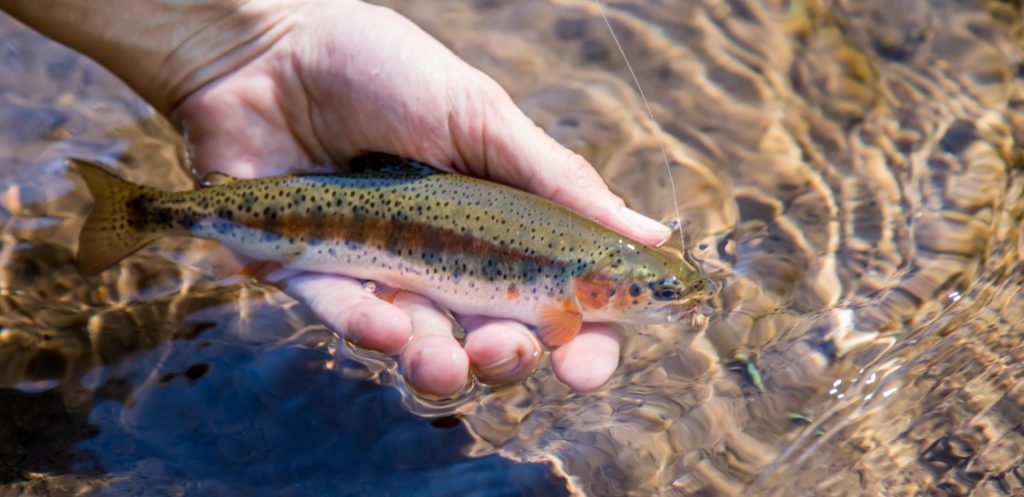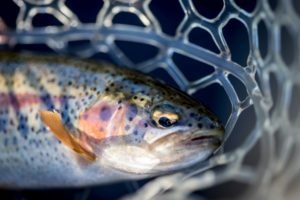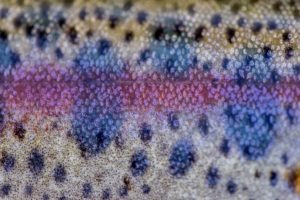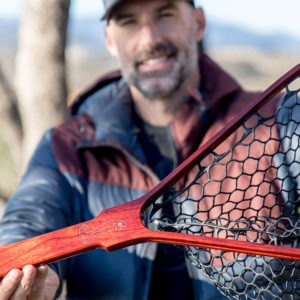California is home to a number of native trout species that are genetically distinct, at risk, and isolated. I’ve caught a handful of California’s native trout varieties while fishing around the state, but I’ve never tried to specifically target one of these unique forms, I would just fish wherever and whenever I could. But after reading up on the Department of Fish and Wildlife’s Heritage Trout Challenge I realized this would be a great excuse to see some new water and country and appreciate some of these special fish that are so close to home here in Northern California. A trip was planned to pursue the rare and isolated redband trout of the McCloud River, a great fish to intentionally check off the list first.

Currently only four small streams, cut off from the mainstem McCloud River due to porous substrate, harbor pure strains of these fish. Interbreeding with stocked non-native species and low water conditions during drought years have caused serious issues for the redband. According to CDFW, The total estimated population is less than 4,000.
Redband trout can generally be identified by exhibiting a deep red lateral band, white tipped fins, a (sometimes present) cutthroat trout-type orange slash along the throat, and the black spots tend to be more concentrated above the lateral line. Adult fish often still exhibit parr marks, which are generally more common in juvenile fish.

Like most small-stream fish, fly selection is pretty straightforward and most of the typical attractor-style dry flies and nymphs work well. We had the most success on small grasshopper patterns and a #14 Mercer’s Missing Link. Much more important than fly selection however, is stealth. While they’re not particularly picky small stream fish are very wary, a stealthy approach will pay dividends.


To determine where to go to find redband trout, a perusal of the online information provided by CDFW and California Trout will get you well on your way. Then it’s just a matter of driving dusty back roads and pitching dry flies!





